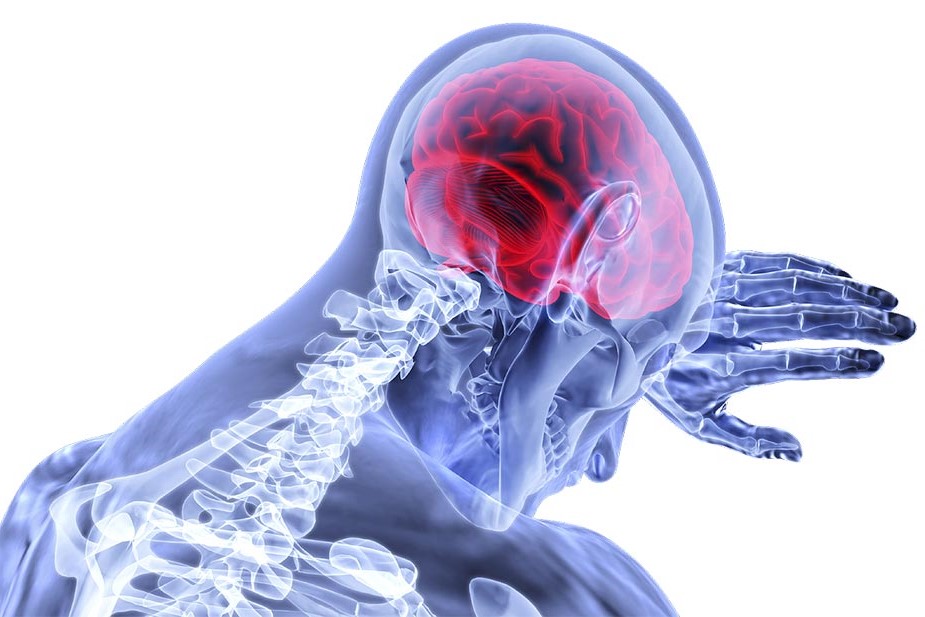
How does a stroke manifest itself? Signs to watch out for
The term stroke identifies all cerebral accidents that can be caused by an ischaemic event (narrowing or obstruction of the venous walls due to a foreign body or accumulation of material; ischaemia determines a lack of blood supply to the neurons and is linked to 85% of cases of stroke) or haemorrhagic (rupture of a blood vessel due to the presence of a foreign body, congenital fragility or fragility developed with age; 15% of cases)
Stroke, in Italy and in all industrialised states, is the third leading cause of death and the leading cause of disability.
How does a stroke manifest itself?
Often preceded by intense headaches, nausea and dizziness, it then causes a sudden loss of consciousness and subsequent complete paralysis of one side of the body.
In Italy, it affects 186 thousand people every year: 20% die within the first month after the attack, 30% develop permanent disability.
Whether caused by ischaemia or haemorrhage, stroke has devastating consequences
Neurons require oxygen to function (it is estimated that they use 85% of the oxygen assimilated by the body).
An interruption, even for a few minutes, of a proper blood supply can lead to neuronal death, resulting in more or less severe disability, depending on the brain area affected and its extent.
Stroke affects more men (7.4% in the over-65 population) than women (5.9%).
Its incidence, rare before 55, increases with age.
Stroke is usually sudden, but sometimes premonitory signs may appear, enabling prevention to be activated
Tia, transient ischaemic attacks, are characterised by headache, confusion, dizziness, loss of sense of reality, and unilateral (half-body) numbness.
The attack lasts from a few tens of minutes to a few hours and resolves itself, with a complete recovery of function.
However, Tia is a valuable alarm bell; a more serious relapse is possible within 18 months.
So, it is necessary to keep cardiac function, cholesterol and blood pressure under control, and to abolish smoking.
Anticoagulant drugs are useful if the problem is of the ischaemic type; blood vessel wall protectors in the case of fragility.
What is the right therapy?
Surgery to remove a clot is used in selected cases; if the stroke occurs anyway, drugs are administered pending overall assessment of the damage.
This is followed by physiotherapy to allow the healthy parts of the brain to replace the diseased parts in impaired functions (an acceptable recovery occurs in 50 per cent of cases).
Read Also:
Emergency Live Even More…Live: Download The New Free App Of Your Newspaper For IOS And Android
Ischaemia: What It Is And Why It Causes A Stroke
Treatment Of Urgent Stroke: Changing Guidelines? Interesting Study In The Lancet
Benedikt Syndrome: Causes, Symptoms, Diagnosis And Treatment Of This Stroke
What Is A Positive Cincinnati Prehospital Stroke Scale (CPSS)?
Foreign Accent Syndrome (FAS): The Consequences Of A Stroke Or Severe Head Trauma
Acute Stroke Patient: Cerebrovascular Assessment
Atrial Fibrillation Ablation: What It Is And How To Treat It
Brain Stroke: The Importance Of Recognising Risk Signals
Cerebral Stroke: Tips To Prevent It, Signs To Recognise It
AED With Rain And Wet: Guideline To The Use In Particular Environment
Cincinnati Prehospital Stroke Scale. Its Role In Emergency Department
How To Rapidly And Accurately Identify An Acute Stroke Patient In A Prehospital Setting?
Cerebral Haemorrhage, What Are The Suspicious Symptoms? Some Information For The Ordinary Citizen
The Severity Of Depressive Symptoms Over Time May Help Predict Stroke Risk
Ruptured Brain Aneurysm, Violent Headache Among The Most Frequent Symptoms
Difference Between Concussive And Non-Concussive Head Injuries
Foreign Accent Syndrome (FAS): The Consequences Of A Stroke Or Severe Head Trauma
Emergency Room: How Long You Should Stay Awake After A Head Injury
Cerebral Strokes: What It Is, How To Cope, What Are The Treatments


